India Turns Siliguri Corridor (Chicken Neck) into Fortress: Rafales, S-400s Deployed Amid Rising China-Bangladesh Threat
The positioning of the S-400 system—renowned for its ability to simultaneously engage multiple aerial targets at ranges exceeding 400 kilometres—is viewed as a calibrated response to intensifying aerial activity by China and Bangladesh near India’s eastern frontier.
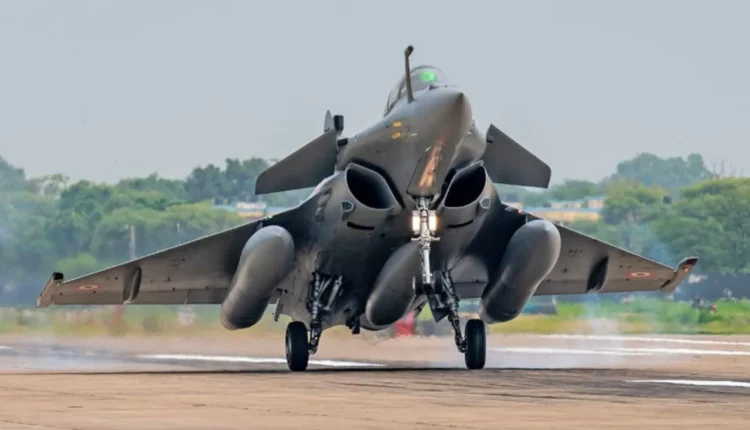
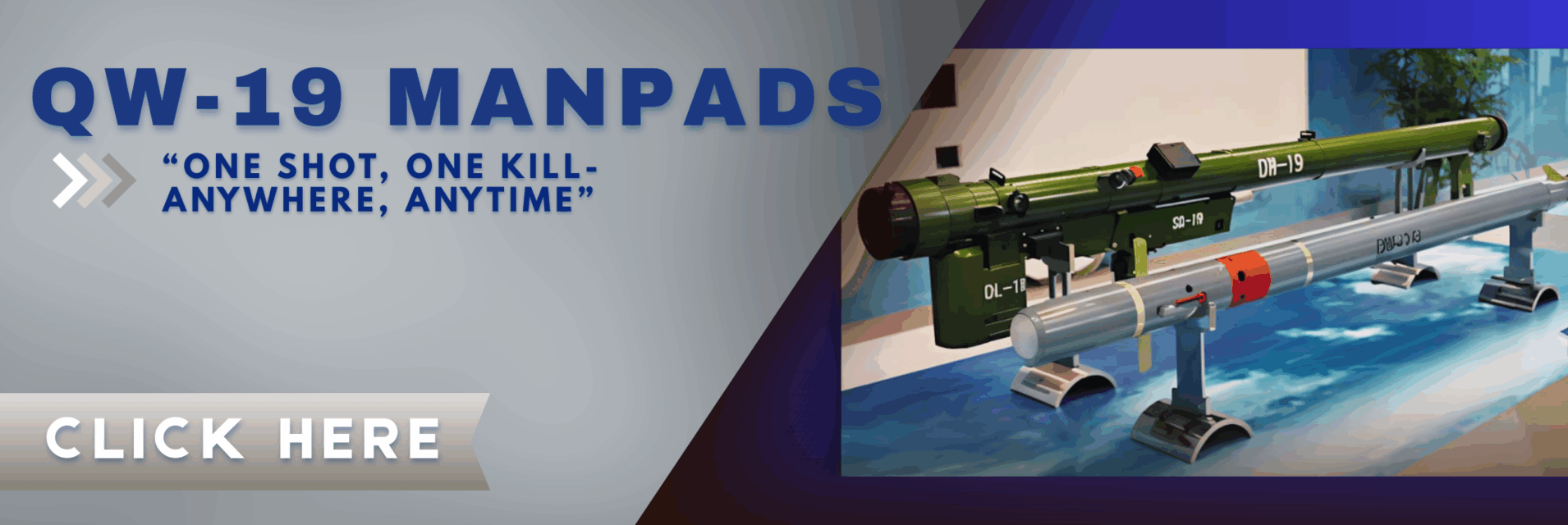
(DEFENCE SECURITY ASIA) — In a move laden with geo-strategic significance, India has deployed its cutting-edge Russian-built S-400 Triumf long-range air defence system to the Siliguri Corridor—a narrow, 20–22 kilometre-wide land bridge in West Bengal often dubbed the “Chicken’s Neck” due to its precarious geography.
This critical strip of land forms the only terrestrial conduit between mainland India and its resource-rich but geographically isolated northeastern states, making it one of the country’s most vital and vulnerable military arteries.
The positioning of the S-400 system—renowned for its ability to simultaneously engage multiple aerial targets at ranges exceeding 400 kilometres—is viewed as a calibrated response to intensifying aerial activity by China and Bangladesh near India’s eastern frontier.
New Delhi’s security establishment has grown increasingly alarmed by the frequency and complexity of Chinese and Bangladeshi air manoeuvres along their respective borders with the Siliguri Corridor, interpreting them as probing gestures with strategic undertones.
For decades, the corridor has represented a geographical choke point in India’s national defence matrix, with military planners warning that a well-executed pincer thrust, particularly by China through the volatile Doklam Plateau, could sever the northeast from the mainland within hours.
The nightmare scenario of a bifurcated India has led to a doctrinal shift in India’s Eastern Command, which now prioritises rapid response, multi-domain deterrence, and sustained forward deployment in and around the corridor.
The timing of India’s force posture recalibration coincides with a discernible diplomatic pivot by Bangladesh’s interim administration under Mohammad Yunus, whose government has moved closer to Beijing in both rhetoric and action.
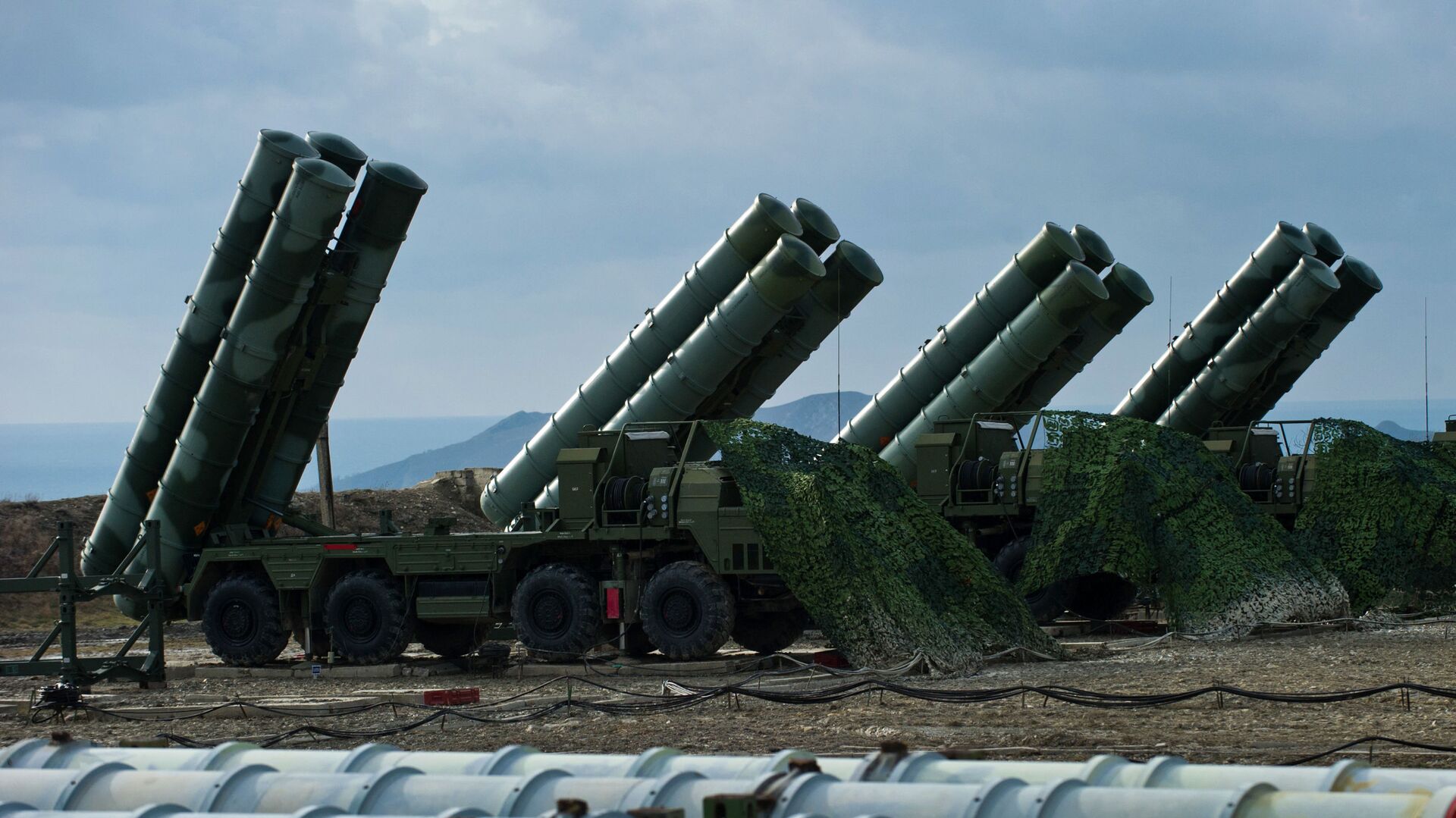
Following the collapse of the pro-India Sheikh Hasina government, the caretaker regime in Dhaka has openly courted investment and defence cooperation with China and Pakistan—two nations New Delhi regards as strategic antagonists.
In a bid to recalibrate its foreign policy footing, Bangladesh under Yunus has actively pursued economic and infrastructure partnerships with Beijing, raising red flags in India’s intelligence and security community.
Particularly unsettling to India are reports of potential joint infrastructure ventures between Dhaka and Beijing, developments that New Delhi views through the prism of China’s Belt and Road Initiative (BRI), which it has long denounced as a geostrategic entrapment tool.
India has consistently rejected the BRI, warning that it enables the People’s Liberation Army (PLA) to embed dual-use infrastructure across the Indo-Pacific, undermining sovereignty and military balance in the region.
As of April 2025, emerging reports suggest that Bangladesh is weighing the possibility of establishing a Chinese-supported airbase in its northern Lalmonirhat district.
The potential move has stirred alarm in neighboring India, given the site’s close proximity to the Siliguri Corridor.
In response to these converging threats, India has not only activated its S-400 batteries in the Siliguri region but has also reinforced its tactical aviation presence by deploying a squadron of Rafale multirole fighters to nearby Hashimara Airbase.
The Dassault Rafale, equipped with Meteor beyond-visual-range missiles, SCALP cruise missiles, and advanced electronic warfare suites, serves as a formidable air superiority and precision strike platform capable of countering both conventional and hybrid aerial threats.
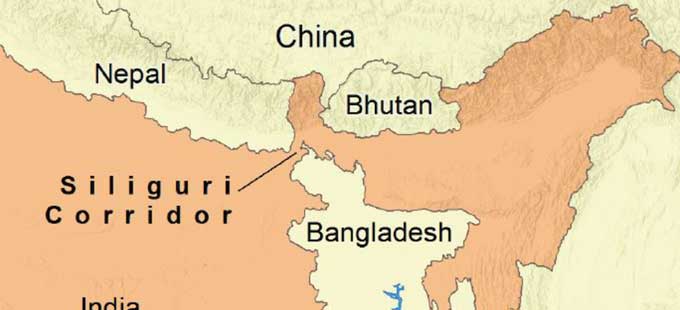
These aircraft operate in tandem with legacy MiG fighters stationed at the base, providing layered air dominance and enhancing India’s ability to respond swiftly to any hostile incursion across the corridor.
Further bolstering India’s integrated deterrence posture is the deployment of a BrahMos cruise missile regiment in the region, delivering rapid, supersonic, precision-strike capabilities against ground and maritime targets within a 300–500 kilometre radius.
The Indo-Russian BrahMos missile, co-developed by DRDO and NPO Mashinostroyenia, is widely regarded as the fastest cruise missile in operational service and plays a central role in India’s “cold start” and preemptive strike doctrines.
India has also implemented a multilayered air defence architecture across the Siliguri Corridor, incorporating the indigenously developed Akash medium-range system, SHORAD (Short-Range Air Defence) batteries, and VSHORAD (Very Short Range Air Defence) assets to neutralise low-flying threats.
This integrated air defence grid is designed to detect, track, and intercept incoming aerial platforms ranging from stealth drones to cruise missiles, ensuring constant surveillance and round-the-clock combat readiness.
At the heart of India’s ground-based military presence in the region is the Trishakti Corps, headquartered in Sukna, a formation synonymous with combined arms combat capability and operational excellence.
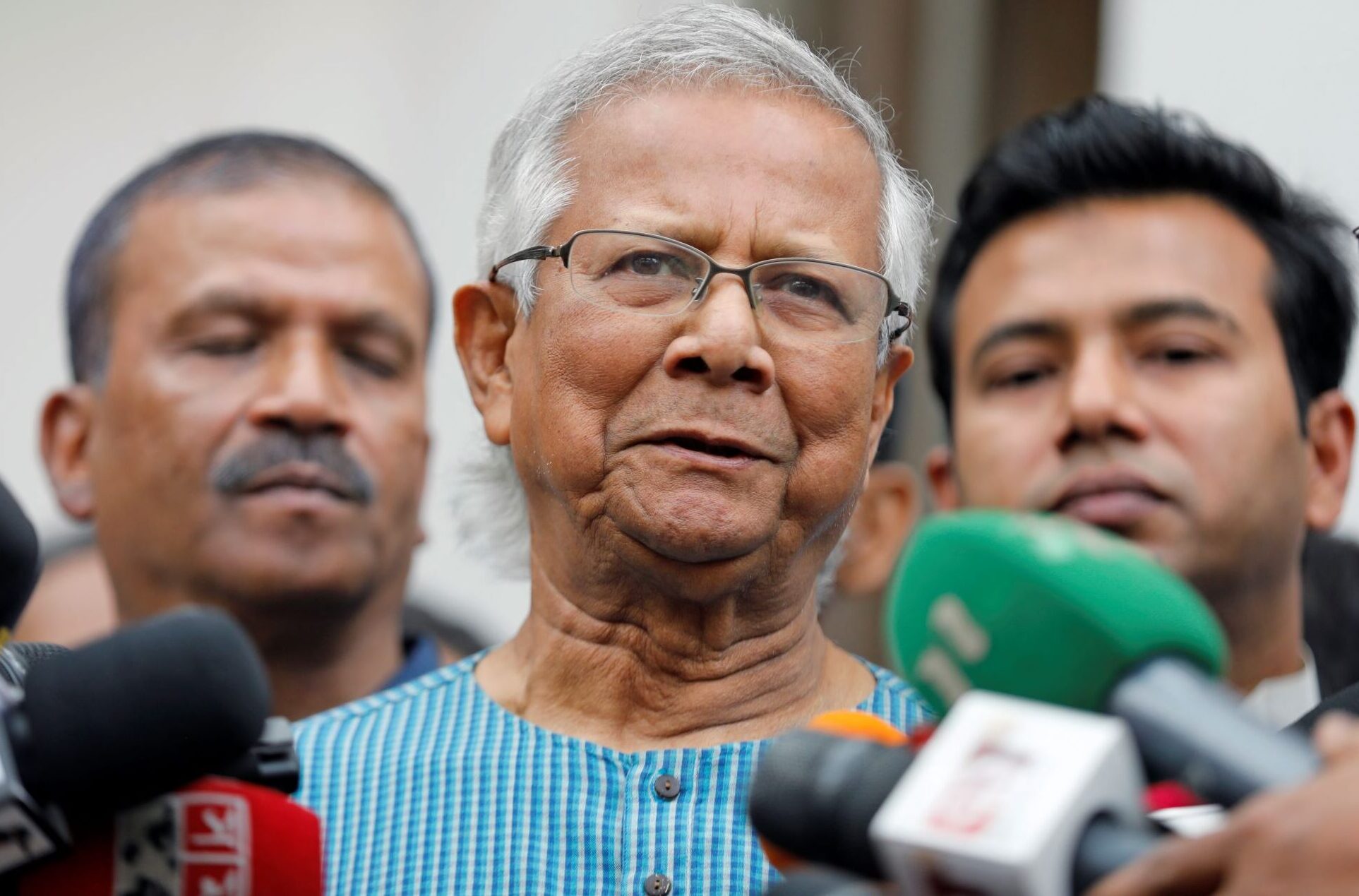
The corps is equipped with T-90 Bhishma main battle tanks, elite mechanised infantry units, and a diversified artillery arsenal, and regularly conducts high-intensity live-fire exercises simulating cross-border engagements and integrated battle group (IBG) manoeuvres.
Parallel to these conventional capabilities, India’s doctrinal response to Chinese military assertiveness is embodied in the ‘Brahmastra Corps’—the country’s first dedicated mountain strike corps, officially designated as XVII Corps and headquartered in Panagarh, West Bengal.
This corps was conceived as a rapid deployment and counter-offensive formation designed to conduct deep strike operations across rugged Himalayan terrain along the Line of Actual Control (LAC) with China.
With two infantry divisions, independent armoured brigades, and specialised air defence and helicopter aviation units under its command, the Brahmastra Corps forms a critical pillar of India’s deterrence architecture in the eastern theatre.
In a flashpoint event last year, India reportedly issued a stern warning to Bangladesh after a Turkish-made Bayraktar TB2 drone, operated by Dhaka’s armed forces, flew perilously close to the India-Bangladesh border.
Quoting senior Indian military officials, local media reported that existing standard operating procedures (SOP) prohibit any drone flights within a 10-kilometre radius of the international boundary to prevent surveillance over sensitive installations.
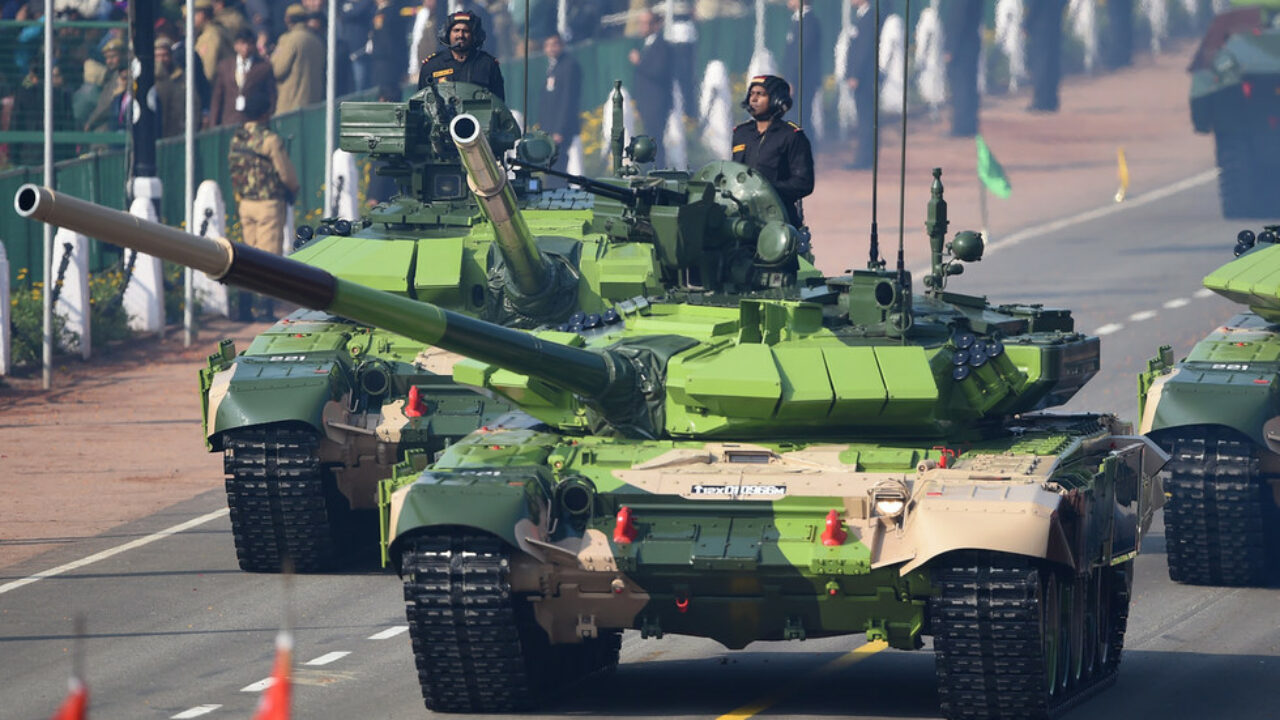
“We have the capability to track and neutralise any drone or aerial object that violates Indian airspace,” the official asserted, referencing ISR (Intelligence, Surveillance, and Reconnaissance) sorties believed to have been conducted by Bangladeshi TB2 platforms near Indian territory.
This incident triggered heightened airspace vigilance after a Bangladeshi drone, bearing transponder ID TB2R1071, was tracked near sensitive sectors in Meghalaya, Tripura, and Mizoram.
The drone was reportedly launched from Tejgaon Airbase in Dhaka and operated by the 67th Army of Bangladesh as part of a routine ISR mission, underscoring the evolving surveillance dynamics along the border.
Bangladesh has procured 12 Bayraktar TB2 medium-altitude, long-endurance (MALE) drones from Türkiye, with six units confirmed operational, marking a significant enhancement in Dhaka’s tactical ISR capabilities.
More concerning for India is Bangladesh’s reported plan to acquire up to 32 JF-17 Thunder fighter jets—an export-oriented, fourth-generation multirole platform jointly developed by Pakistan Aeronautical Complex (PAC) and China’s Chengdu Aircraft Industry Group (CAIG).
New Delhi has expressed deep unease with the potential acquisition, viewing it as a strategic alignment with its traditional adversaries and a possible shift in the regional air power balance.
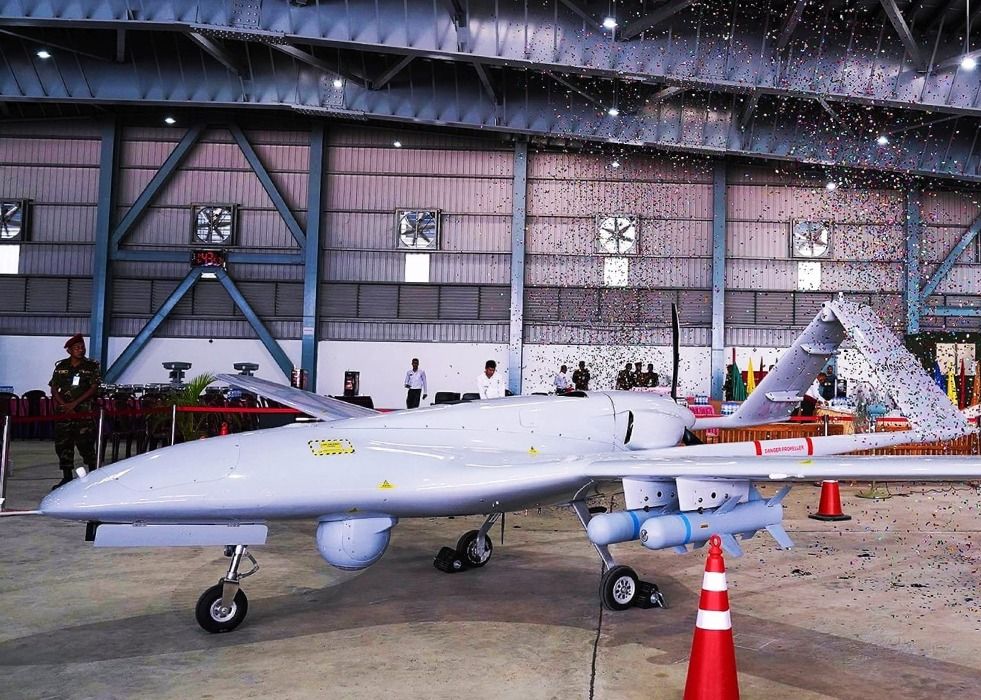
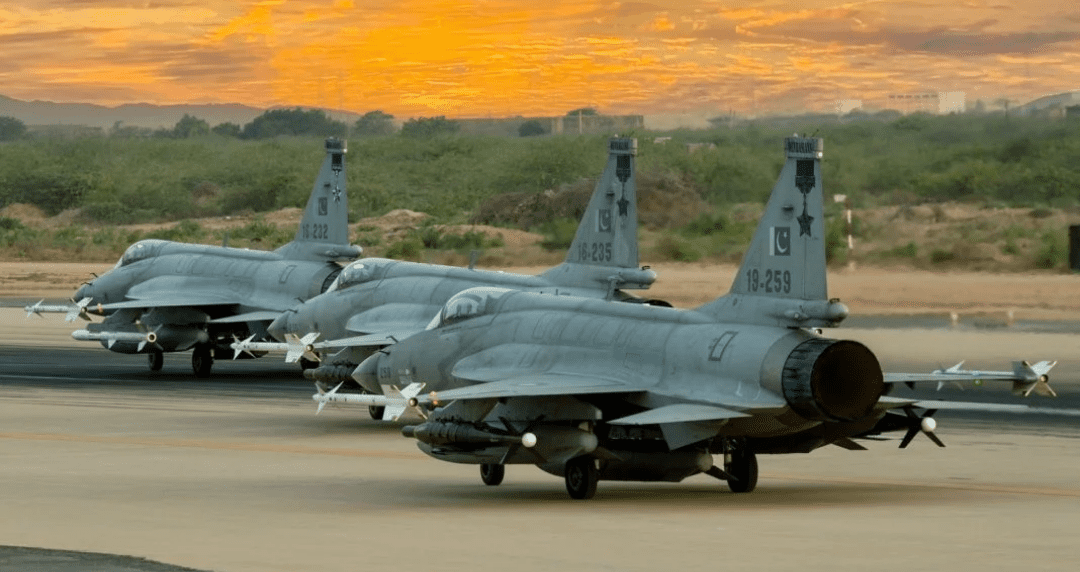
The JF-17, currently operated by the Pakistan Air Force—including the advanced Block III variant—has been exported to several countries and features Chinese-supplied AESA radar, electronic warfare suites, and beyond-visual-range missile capabilities.
Already strained, the bilateral relationship between India and Bangladesh faced a fresh jolt when reports emerged of a high-level visit by Pakistan’s Inter-Services Intelligence (ISI) officials to Dhaka.
The four-day visit by an ISI delegation led by Major General Shahid Amir Asfar was met with indignation in New Delhi, where policymakers interpret such engagements as potential strategic collusion in India’s immediate periphery.
In response to these developments, India’s Ministry of External Affairs issued a carefully worded but firm statement, noting that the government is “closely monitoring all developments in the region” and would respond appropriately to any threats to national security.
“We are vigilant about all regional movements and actions that may affect national security. The Indian government will act decisively as needed,” said ministry spokesperson Randhir Jaiswal.
India’s recalibration of its defence posture in the Siliguri Corridor reflects not only its growing apprehensions over regional power shifts, but also its determination to harden its eastern front against a potential two-front scenario involving China and Pakistan—both now drawing closer to Dhaka.
— DEFENCE SECURITY ASIA

